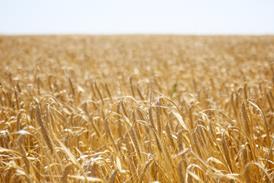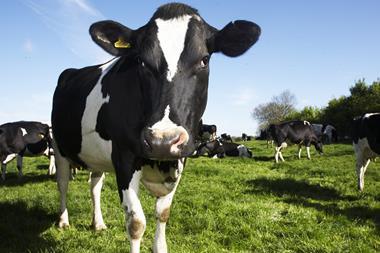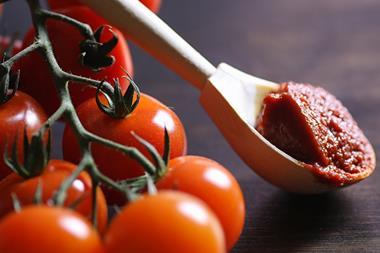
Indian trade restrictions and the impact of the recent devastating floods in Pakistan look set to tighten global rice supplies and push up prices, grain markets analysts have warned.
The world’s biggest rice exporting nation by far, India last week banned the export of broken rice, which is largely used in animal feed, but also imposed a 20% duty on exports of most other categories of the grain.
Vast areas of Pakistan, the world’s fourth biggest exporter, have since last month been submerged by the country’s worst flooding in over a decade, with the Food and Agriculture Organization (FAO) of the UN estimating 1.2 million hectares of farmland to be under water.
The combined effect could be to “curb global rice exports”, according to S&P Global/IHS Markit’s September food commodity price update.
“It’s a bit of a perfect storm with India banning the export of broken rice and putting 20% duty on other types of rice coming out there – along with the floods in Pakistan,” said Serina Gothard, analyst with Fastmarkets, a commodity price reporting agency.
Around one million tonnes of Indian rice were stuck at ports earlier in the week as businesses baulked at the new 20% duty, according to local media reports.
But the UK’s rice production and retail sectors were set to ride out the storm, however, as Delhi did not limit exports of basmati, which, according to Alex Waugh of the Rice Association, is the UK’s main rice import from India.
Waugh added that wider rice price rises had been “benign” compared to the jumps seen in other grains after Russia, the world’s biggest wheat exporter, invaded Ukraine, the world’s biggest sunflower oil exporter.
Other grains have been slowly falling in price after the heights reached in the wake of the invasion. The latest FAO global rice price index showed a 10% year-on-year increase in August compared to the same month in 2021. The FAO’s overall food commodity index for the month showed a 7.9% increase over the year, with other grains and cereals up 11% on average year on year, but down month on month for the third month in a row.
But even as other grains looked set to maintain their slow price declines, further increases in rice prices were on the horizon in the wake of the Indian export curbs and the Pakistan floods.
“There is a price rise likely,” said Waugh, who added that supplies in Europe had been curtailed by drought in Italy and Spain, the continent’s two main rice-growing nations.
Prices of rice from the world’s other top five exporting nations – Thailand, the US and Vietnam – were likely to increase as demand grew in the wake of possible shortages in Pakistan and India. Thailand and Vietnam have since May been discussing establishing a joint exporting system – in effect a cartel – as demand for rice grew across Asia in the wake of concerns about shortages of other grains.
“Other countries are putting prices up,” said Zanna Aleksahhina, analyst at commodity data source Mintec.
India, which the UK hopes to sign a free trade deal with as soon as next month, had earlier in the year limited exports of wheat and sugar, in moves Delhi said were meant to shore up food supplies for the nation’s 1.4 billion people.
The latest limits – on rice exports – came after projections India’s national harvest this year would also be 3% smaller than expected.
“They’ve had several months of dry weather,” said Aleksahhina, conditions that likely worried a government already “afraid of food inflation”.
Pakistan’s harvest, too, was predicted to be 10% smaller this year compared to last, according to the US Department of Agriculture’s latest global farm output estimates, which were published this week.
“If the flood waters recede quickly, some production in these areas may recover,” the USDA said in its report.



















No comments yet